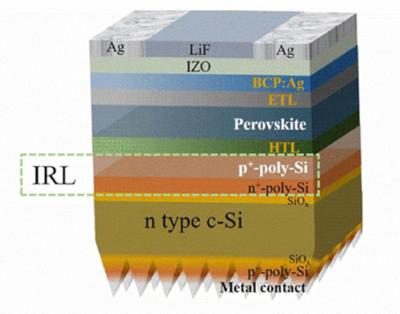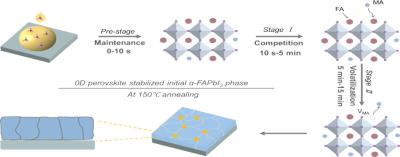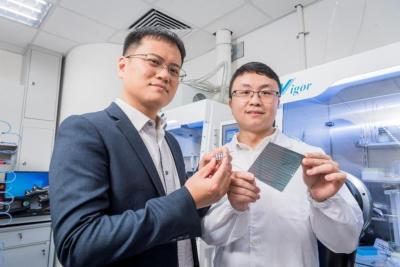Semi-Transparent Perovskite Solar Cells - Guest Post by Ossila's Dr. Mary O'Kane
Semi-transparent solar cells are appealing for many different applications such as building-integrated photovoltaics (BIPVs), tandem solar cells and in wearable electronics. Perovskites could be ideal for semi-transparent applications as they are versatile and easy to optimize.
Semi-transparent perovskite solar cells (ST-PSCs) must try to maximize efficiency and transparency. Methods such as bandgap engineering, thinning perovskite layers, and creating discontinuous structures are being developed to improve their performance. However, challenges still remain with ST-PSC development, such as phase stability and defect management.







